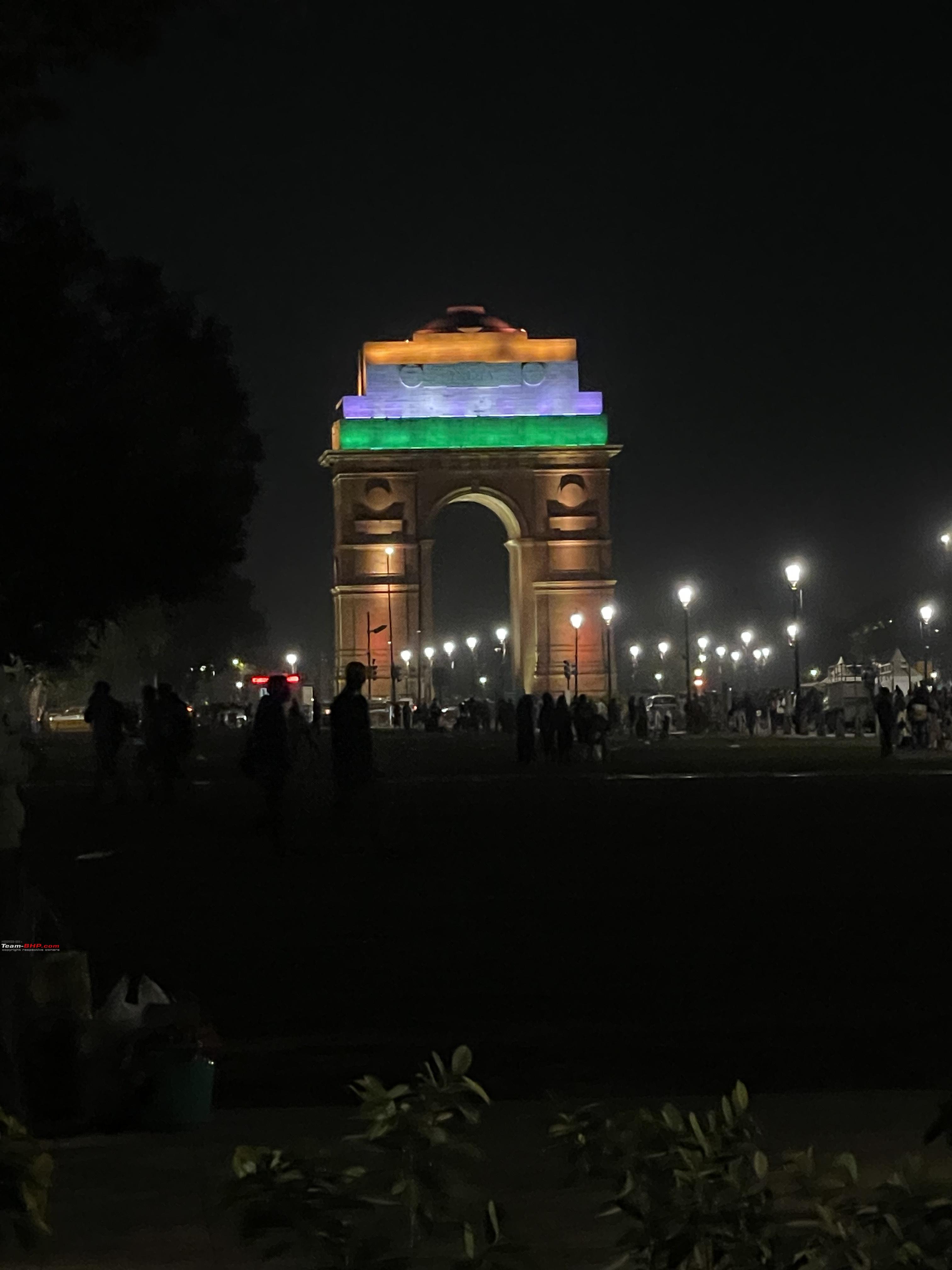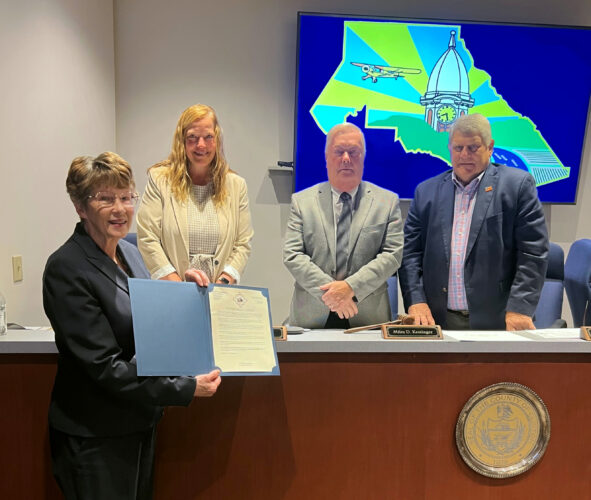Is A Petrol Car Ban The Answer? Learning From Delhi's Initiative

Table of Contents
Delhi's Odd-Even Scheme: A Partial Petrol Car Ban and its Impact
Delhi's Odd-Even scheme, a temporary restriction on petrol car usage based on license plate numbers, provides a case study for examining the impact of partial petrol car bans.
The Scheme's Mechanics and Initial Results:
The Odd-Even scheme, implemented periodically, restricts private petrol vehicle usage based on whether the last digit of the license plate is odd or even on alternating days. The rationale was to reduce the number of vehicles on the road and consequently, air pollution.
- Specifics on vehicle restrictions: Private petrol cars were the primary target, with exemptions for women drivers, two-wheelers, emergency vehicles, and vehicles carrying more than four passengers.
- Exemptions: Certain categories of vehicles, including those used for emergencies, commercial purposes, and those carrying more than four passengers, were exempted from the restrictions.
- Penalties: Violators faced fines for operating their vehicles on restricted days.
- Initial public response: The scheme initially received mixed reactions; some lauded it as a bold attempt to tackle pollution, while others criticized it for causing traffic congestion and inconvenience.
- Initial air quality improvement data: While initial reports suggested a slight improvement in air quality during implementation, the effect was short-lived and not consistently measurable across all pollutants. Traffic congestion also increased during peak hours.
Long-Term Effectiveness and Challenges:
The long-term impact of the Odd-Even scheme on Delhi's air quality has been debated. While short-term improvements were observed during implementation periods, these effects were not sustained.
- Long-term air quality data: Studies have shown that the scheme's impact on long-term air quality trends is minimal, with pollution levels returning to previous levels after the scheme's end.
- Public compliance issues: Enforcement challenges and limited public compliance hampered the scheme's effectiveness.
- Circumvention strategies: People found ways to circumvent the restrictions, such as using multiple vehicles or employing other transportation means, negating the impact.
- Economic impacts: The scheme caused disruptions to businesses and daily commutes, raising concerns about economic efficiency and equity.
- Counterarguments: Critics argue the scheme's short-term and localized nature did not address the root causes of Delhi's persistent air pollution problems.
Beyond the Ban: Complementary Strategies for Improved Air Quality
A comprehensive approach is necessary to effectively tackle Delhi's air pollution. A petrol car ban alone is insufficient.
Public Transportation Improvements:
Investing in and improving public transport is crucial for reducing reliance on private vehicles.
- Investment in metro expansion: Expanding Delhi's metro network significantly increases the accessibility and convenience of public transport.
- Bus networks: Improving bus networks, routes, and frequency increases the appeal of public transport over private vehicles.
- Cycling infrastructure: Creating dedicated cycling lanes and promoting cycling improves air quality and encourages healthier lifestyles.
- Case studies: Cities like Copenhagen and Amsterdam offer successful examples of efficient and popular public transport systems which effectively reduce private vehicle usage.
Promoting Electric Vehicles:
Transitioning to electric vehicles (EVs) is vital in reducing vehicular emissions.
- Incentive programs for EV adoption: Government subsidies and tax breaks can encourage EV adoption.
- Charging infrastructure development: A widespread network of charging stations is needed to overcome range anxiety and encourage EV use.
- Challenges related to EV adoption: High initial costs, limited range, and lack of charging infrastructure remain barriers to widespread EV adoption in Delhi and elsewhere.
- Data points: While EV adoption in Delhi is increasing, it is still far from replacing the large number of petrol and diesel vehicles.
Stricter Emission Standards and Enforcement:
Enforcing stricter emission standards is critical to curb pollution from existing vehicles.
- Emission testing procedures: Regular and rigorous emission testing is essential to identify and penalize vehicles exceeding emission limits.
- Penalties for non-compliance: Strict penalties for violating emission standards will encourage vehicle maintenance and discourage the use of polluting vehicles.
- Vehicle inspection programs: Regular vehicle inspections ensure that vehicles maintain emission standards.
- Data points: Studies from other regions show that stricter emission standards coupled with effective enforcement can significantly improve air quality.
The Economic and Social Implications of a Petrol Car Ban
A complete petrol car ban has significant economic and social implications that must be carefully considered.
Impact on the Automotive Industry and Employment:
A petrol car ban would severely impact the automotive industry.
- Job losses in the petrol car industry: A ban would lead to job losses in the manufacturing, sales, and maintenance sectors of the petrol car industry.
- Potential shift in employment to other sectors: Investment in alternative industries, such as EV manufacturing and renewable energy, could potentially offset some job losses.
- Data points: Economic modelling studies can estimate the potential job losses and the economic impact of a petrol car ban.
Equity and Accessibility Concerns:
A ban would disproportionately affect low-income groups.
- Challenges for those without access to public transport or EVs: Low-income individuals who rely on petrol cars for work and transportation would face severe hardship.
- Policy solutions: Subsidies for public transport and EV adoption, along with the creation of affordable EV options, would help mitigate the negative impact on low-income populations.
Conclusion
Delhi's experience with the Odd-Even scheme and other initiatives demonstrates that a comprehensive strategy, rather than solely focusing on a petrol car ban, is necessary to effectively reduce air pollution. While a petrol car ban might seem like a quick solution, its implementation necessitates careful consideration of economic and social impacts. The focus should be on improving public transportation, promoting electric vehicles, strengthening emission standards enforcement, and addressing equity concerns. A balanced approach is crucial for achieving sustainable improvements in urban air quality. Further research and informed policy decisions are essential to navigate this complex issue effectively. Keywords: Petrol car ban, Air pollution solutions, Sustainable transportation, Urban air quality management, Delhi policy lessons.

Featured Posts
-
 The Hair Of Icons Sam Mc Knights Photographic Retrospective
Apr 25, 2025
The Hair Of Icons Sam Mc Knights Photographic Retrospective
Apr 25, 2025 -
 Local Barbershop Organizes Haircut Marathon For Suicide Prevention
Apr 25, 2025
Local Barbershop Organizes Haircut Marathon For Suicide Prevention
Apr 25, 2025 -
 Los Premios Caonabo De Oro 2025 Ganadores Y Momentos Destacados
Apr 25, 2025
Los Premios Caonabo De Oro 2025 Ganadores Y Momentos Destacados
Apr 25, 2025 -
 Everything We Know About Synduality Echo Of Ada Season 1
Apr 25, 2025
Everything We Know About Synduality Echo Of Ada Season 1
Apr 25, 2025 -
 Analiz Ritoriki Trampa Schodo Viyni V Ukrayini
Apr 25, 2025
Analiz Ritoriki Trampa Schodo Viyni V Ukrayini
Apr 25, 2025
Latest Posts
-
 Mets Rivals Ace A Career Defining Season
Apr 28, 2025
Mets Rivals Ace A Career Defining Season
Apr 28, 2025 -
 Unstoppable A Mets Rivals Starting Pitcher
Apr 28, 2025
Unstoppable A Mets Rivals Starting Pitcher
Apr 28, 2025 -
 Mets Biggest Rival Their Starting Pitchers Dominance
Apr 28, 2025
Mets Biggest Rival Their Starting Pitchers Dominance
Apr 28, 2025 -
 Mets Rival A Pitchers Unbeatable Season
Apr 28, 2025
Mets Rival A Pitchers Unbeatable Season
Apr 28, 2025 -
 Mets Rotation Battle Significant Change Elevates One Starter
Apr 28, 2025
Mets Rotation Battle Significant Change Elevates One Starter
Apr 28, 2025
